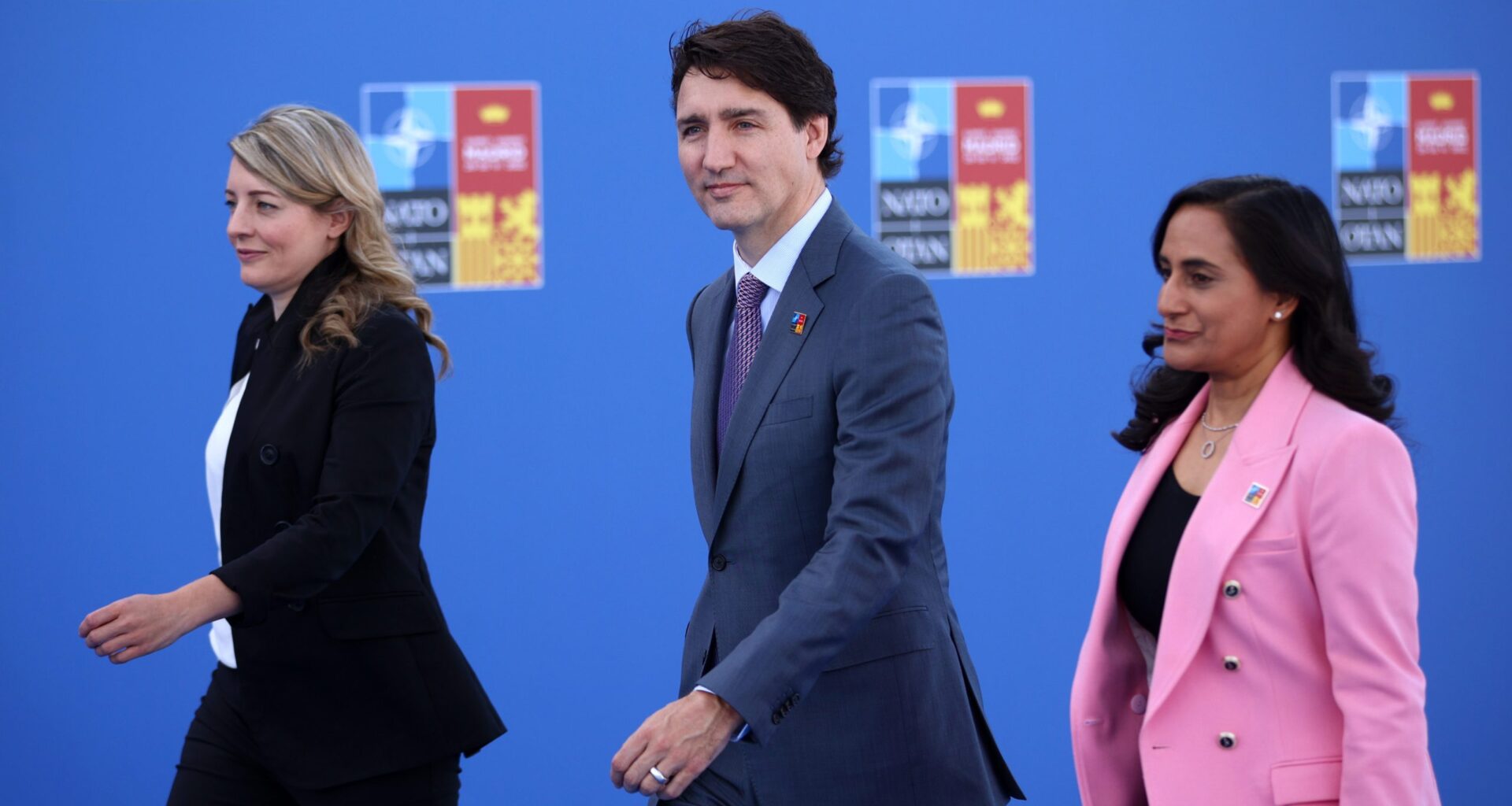Read: 3 min
Japan is on the precipice of electing its first ever female president. Sanae Takaichi, the country’s newly chosen leader of the conservative Liberal Democratic Party, is working to secure support ahead of a parliamentary vote that would keep her long-ruling party in power.
In Canada, it’s been more than 30 years since we’ve had a female head of government. And we are among an increasingly small share of advanced countries to have never elected a female leader.
Kim Campbell served as prime minister for 132 days in 1993. But she never won a general election; she won the Progressive Conservative leadership race after then prime minister Brian Mulroney resigned in the face of low approval ratings and looming defeat.
By contrast, most other G7 countries have elected female leaders. Many have been transformative. Most have been conservative, interestingly enough.
Most famously, there is the U.K.’s Margaret Thatcher, and more recently, Theresa May. Angela Merkel led Germany for 16 years. Giorgia Meloni has been Italy’s prime minister since 2022 and has emerged as a key power broker in EU affairs.
The U.S. came close to electing Hillary Clinton in 2016. France’s Marine Le Pen has twice finished second in the country’s presidential elections.
Canadian Affairs’ reporting is funded by people like you, not a billionaire owner. Subscribers support our work and a healthy Canadian news landscape. Will you join them today?
Looking beyond the G7, Australia’s Julia Gillard was prime minister from 2010 to 2013. New Zealand’s Jacinda Ardern was the country’s third female prime minister. The Nordic countries — Denmark, Sweden, Norway, Finland and Iceland — have all had at least one elected female leader.
Thank you for being a paid subscriber. Our work would not be possible without your support.
Subscribe to Editor’s Picks. Receive our free Saturday newsletter featuring our best stories from the week.
Canada, by comparison, has not only not elected a female prime minister. It has not even come close. In every federal election in our country’s history, men have been the main contenders for power. No woman has even led a major federal party since 2003, when NDP Leader Alexa McDonough stepped down.
What makes this particularly striking now is that Canada recently had the opportunity to chart a different path. This spring, the Liberal Party chose a successor to Justin Trudeau, who took more pains to trumpet his and his party’s feminist values than anyone in the country’s history — and quite possibly the world’s.
On top of this, Trudeau’s Liberal Party was never short on strong, qualified females who could have been potential successors to Trudeau, if he and his inner circle had wanted to position them for the job.
We would have loved to see Jody Wilson-Raybould or Dr. Jane Philpott — principled, intelligent women both — take a run at the leadership. Understandably, both lost their taste for the party after being treated abysmally by Trudeau and his closest advisors.
But even after their departures, the party still had a female star.
Chrystia Freeland — Trudeau’s loyal lieutenant from 2015 until 2024 — led the renegotiation of NAFTA during Trump’s first term, ably managed interprovincial relations, and ran both Foreign Affairs and Finance. What’s more, she almost singlehandedly saved the party from an electoral wipeout by defenestrating Trudeau at the very moment his unpopularity had crested, both publicly and within the party.
And yet, the thing everyone said in the ensuing race for Trudeau’s replacement was that Mark Carney — someone with zero electoral experience — was the most qualified candidate for the job. Freeland won a bruising eight per cent of her party’s support to Carney’s 86 per cent.
It is a political arc that cannot leave many women feeling inspired to run for the top job.
There are counter examples, to be fair. In recent decades, Canadians have elected many female premiers and mayors. (Bonus points to anyone who can name the current two premiers).
But the prime ministership is qualitatively different from the premierships. It is the pinnacle of power in Canada, and it remains a glass ceiling to be shattered.
We could cite the usual platitudes about the importance of people in power stepping up for women. But what would be the point of that? We’ve seen how far such platitudes get us — which is to say, not far at all.
Support fearless, independent media
Canadian Affairs exists to publish fearless and independent reporting on Canada’s toughest social issues. Our work would not be possible without the support of our readers. Please support us today by becoming a paid subscriber.
✓ Unlimited article access
✓ Crosswords on Canadian holidays
✓ Cancel any time
✓ Unlimited article access
✓ Crosswords on Canadian holidays
✓ All Subscriber benefits
✓ The ability to gift a 20% discount on Canadian Affairs subscriptions to your contacts
Related Posts

